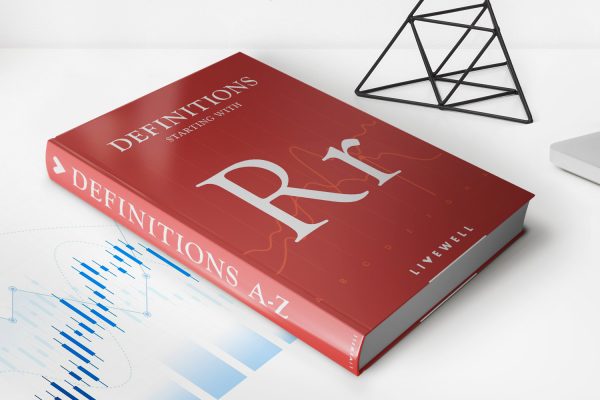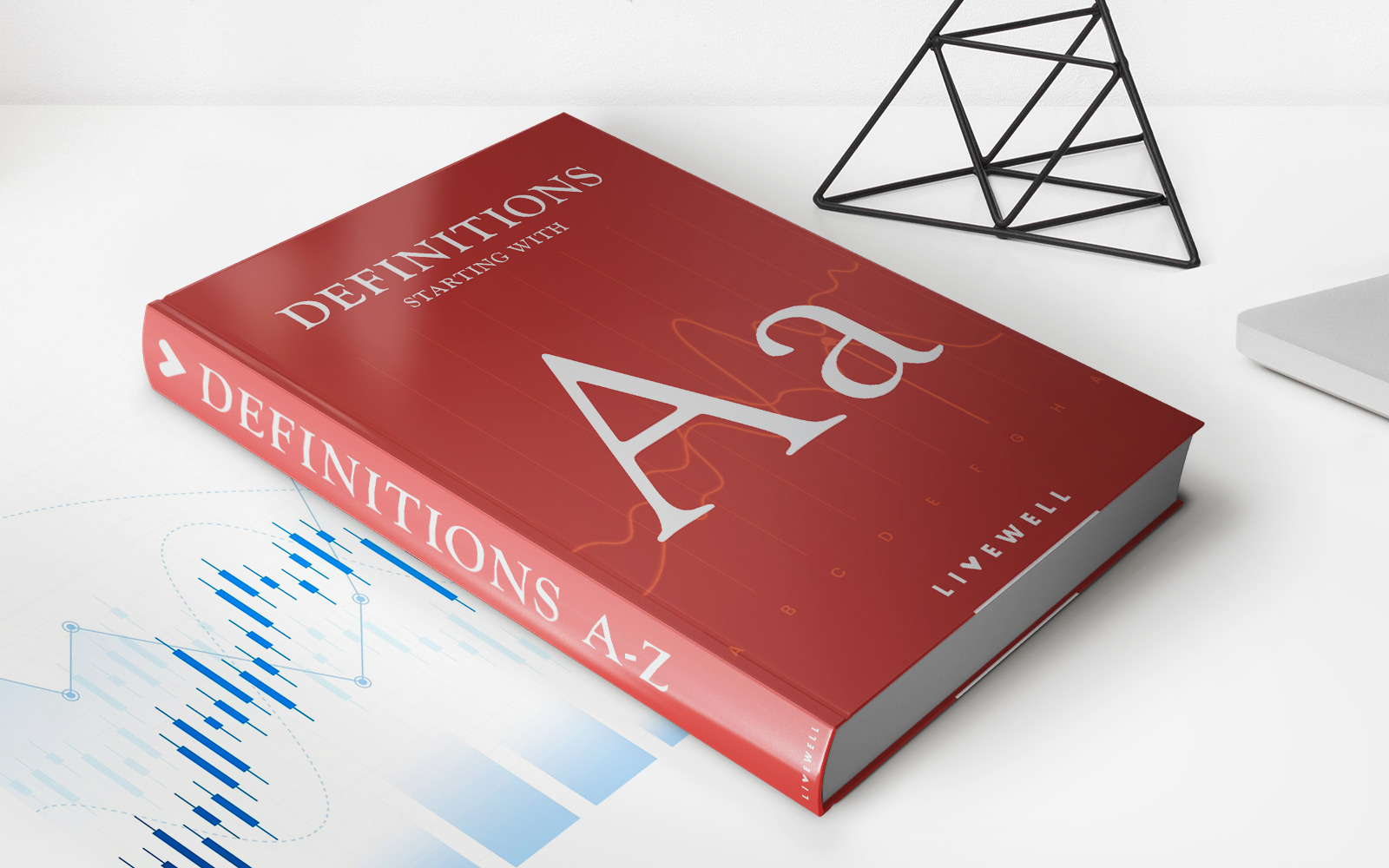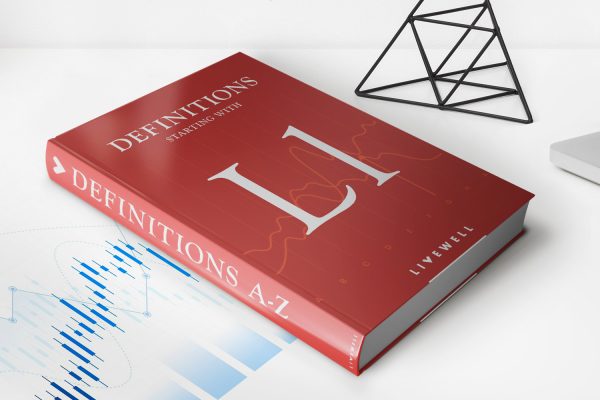

Finance
What Is Revolving Credit Account
Modified: March 5, 2024
Learn about revolving credit accounts in finance and how they can impact your financial health. Understand the benefits and potential drawbacks of this type of credit.
(Many of the links in this article redirect to a specific reviewed product. Your purchase of these products through affiliate links helps to generate commission for LiveWell, at no extra cost. Learn more)
Table of Contents
Introduction
Revolving credit accounts are a fundamental aspect of personal and business finance, offering flexibility and convenience for borrowers. Understanding the intricacies of revolving credit is essential for making informed financial decisions and managing credit effectively. In this article, we will delve into the definition, workings, types, advantages, disadvantages, and management of revolving credit accounts, providing a comprehensive guide to empower readers with the knowledge to navigate this aspect of the financial landscape.
Revolving credit plays a pivotal role in the modern economy, facilitating consumer spending, business operations, and overall economic activity. From credit cards to lines of credit, the concept of revolving credit underpins a wide array of financial products and services. By exploring the nuances of revolving credit accounts, individuals and businesses can gain insights into leveraging credit effectively while mitigating potential pitfalls.
Understanding the benefits and drawbacks of revolving credit is crucial for individuals seeking to build and maintain healthy credit profiles, as well as for businesses aiming to optimize their financial strategies. Moreover, effective management of revolving credit accounts can contribute to long-term financial stability and success. Throughout this article, we will unravel the intricacies of revolving credit, equipping readers with the knowledge to make informed decisions and navigate the dynamic realm of credit and finance.
Definition of Revolving Credit Account
A revolving credit account is a type of credit arrangement that allows borrowers to repeatedly access funds up to a predetermined credit limit. Unlike installment loans, which have a fixed term and regular payments, revolving credit provides flexibility in borrowing and repayment. The defining characteristic of revolving credit is the ability to borrow, repay, and borrow again, creating a cyclical or “revolving” pattern of credit utilization.
Common examples of revolving credit accounts include credit cards and lines of credit. With a credit card, the cardholder can make purchases up to the credit limit and repay the borrowed amount on a monthly basis. The repaid amount becomes available for borrowing again, offering a continuous cycle of credit usage. Similarly, a line of credit allows borrowers to access funds up to a specified limit, repay any borrowed amount, and borrow again without the need to reapply for a new loan.
Unlike traditional loans with fixed monthly payments, revolving credit accounts offer flexibility in repayment, allowing borrowers to carry a balance from month to month by making minimum payments or to repay the full amount owed. This flexibility can be advantageous for managing cash flow and addressing short-term financing needs.
Furthermore, revolving credit accounts often involve variable interest rates, meaning the cost of borrowing can fluctuate based on market conditions. This dynamic aspect of revolving credit contrasts with the fixed interest rates typically associated with installment loans, adding another layer of complexity to managing revolving credit accounts.
Understanding the nature of revolving credit accounts is essential for individuals and businesses seeking to leverage credit as a financial tool. By grasping the fundamental characteristics of revolving credit, borrowers can make informed decisions regarding credit utilization, repayment strategies, and overall financial planning.
How Revolving Credit Works
Revolving credit operates on a cyclical borrowing and repayment model, providing borrowers with the flexibility to access funds as needed within a specified credit limit. When a borrower uses revolving credit, they are essentially borrowing money from a pre-approved pool of funds, with the option to repay the borrowed amount in full or make minimum payments, carrying the remaining balance to the next billing cycle.
For example, when a credit card holder makes a purchase, they are utilizing a portion of their available credit. The cardholder then receives a monthly statement outlining the total amount owed, including any accrued interest and fees. At this point, the cardholder has the option to repay the full balance, make a partial payment, or pay only the minimum amount required by the issuer.
If the cardholder chooses to carry a balance, the remaining amount is subject to interest charges, typically calculated based on the average daily balance. This revolving cycle continues as the cardholder makes additional purchases, repays the borrowed amount, and borrows again, all within the confines of the predetermined credit limit.
Similarly, a line of credit functions on the same principle, allowing borrowers to access funds, make repayments, and access funds again without the need to reapply for a new loan. This flexibility makes revolving credit an attractive option for managing fluctuating expenses, addressing short-term financing needs, and maintaining liquidity.
It’s important to note that revolving credit accounts often come with variable interest rates, meaning the cost of borrowing can change over time based on market conditions. This aspect adds an additional layer of complexity to managing revolving credit, as borrowers need to consider the potential impact of interest rate fluctuations on their repayment obligations.
By understanding how revolving credit works, borrowers can make informed decisions regarding credit utilization, repayment strategies, and overall financial management. Effectively leveraging revolving credit can provide flexibility and convenience, but it also requires careful planning and responsible borrowing to avoid potential pitfalls associated with revolving credit accounts.
Types of Revolving Credit Accounts
Revolving credit accounts encompass a variety of financial products that offer flexibility in borrowing and repayment. Understanding the different types of revolving credit is essential for individuals and businesses seeking to leverage these accounts effectively. Common examples of revolving credit accounts include credit cards, lines of credit, and home equity lines of credit.
- Credit Cards: Credit cards are perhaps the most well-known form of revolving credit. Cardholders can make purchases up to a predetermined credit limit and have the flexibility to carry a balance from month to month, subject to interest charges. Credit cards often come with various features, such as rewards programs, introductory interest rates, and additional benefits, making them a versatile financial tool for everyday spending and larger purchases.
- Lines of Credit: A line of credit functions similarly to a credit card but may be offered by financial institutions or other lenders. With a line of credit, borrowers can access funds up to a specified limit, make repayments, and borrow again without the need to reapply for a new loan. This type of revolving credit is often used for business purposes, emergency funds, or as a flexible source of financing for various needs.
- Home Equity Lines of Credit (HELOC): A HELOC is a form of revolving credit that is secured by the equity in a borrower’s home. Homeowners can access funds up to a certain percentage of their home’s equity, using the property as collateral. HELOCs often have variable interest rates and provide a source of financing for home improvements, debt consolidation, or other major expenses.
These are just a few examples of revolving credit accounts, and there are variations and specific products offered by different financial institutions. Understanding the nuances of each type of revolving credit account can help borrowers make informed decisions based on their individual financial needs and goals.
By exploring the various types of revolving credit accounts, individuals and businesses can identify the most suitable options for their specific financial circumstances, whether it involves managing day-to-day expenses, accessing flexible financing for business operations, or leveraging home equity for major expenditures.
Advantages of Revolving Credit
Revolving credit offers several advantages that make it a valuable financial tool for both individuals and businesses. Understanding these benefits can help borrowers make informed decisions when considering the use of revolving credit accounts.
- Flexibility: One of the primary advantages of revolving credit is its flexibility. Borrowers can access funds up to a predetermined credit limit, make repayments, and borrow again without the need to reapply for a new loan. This flexibility is particularly beneficial for managing fluctuating expenses and addressing short-term financing needs.
- Convenience: Revolving credit accounts, such as credit cards, offer a convenient means of payment for everyday expenses, online purchases, and emergency situations. The ability to carry a balance from month to month provides a safety net for unexpected costs and provides a source of financing when immediate funds may not be readily available.
- Build and Maintain Credit History: Responsible use of revolving credit accounts can contribute to building and maintaining a positive credit history. Making timely payments and managing credit utilization can enhance credit scores, which is essential for accessing future credit at favorable terms.
- Rewards and Benefits: Many credit cards and certain types of revolving credit accounts offer rewards programs, cashback incentives, and additional benefits such as travel perks, purchase protection, and extended warranties. These rewards can provide added value for cardholders who actively manage their revolving credit accounts.
- Emergency Fund Source: Revolving credit can serve as an emergency fund source, providing a financial cushion for unexpected expenses or temporary cash flow challenges. This can offer peace of mind and mitigate the need to liquidate assets or seek costly alternative financing options during times of financial strain.
These advantages underscore the significance of revolving credit as a versatile and accessible financial resource. By leveraging the flexibility, convenience, credit-building potential, rewards, and emergency fund capabilities of revolving credit accounts, borrowers can navigate various financial scenarios with greater confidence and resilience.
Disadvantages of Revolving Credit
While revolving credit offers flexibility and convenience, it also carries certain disadvantages that borrowers should consider when managing these types of accounts. Understanding the potential drawbacks of revolving credit is essential for making informed financial decisions and mitigating associated risks.
- Interest Costs: One of the primary disadvantages of revolving credit is the potential for high-interest costs, especially when carrying a balance from month to month. Revolving credit accounts often come with variable interest rates, and the accumulation of interest charges can significantly increase the overall cost of borrowing.
- Debt Accumulation: The revolving nature of credit accounts can lead to the accumulation of debt if not managed responsibly. Continuous borrowing without a clear repayment strategy can result in a cycle of increasing debt, potentially leading to financial strain and long-term repercussions on credit health.
- Credit Score Impact: High credit utilization and carrying large balances on revolving credit accounts can negatively impact credit scores. Lenders and credit scoring models consider the ratio of credit used to credit available, and high utilization rates can signal higher risk to potential creditors.
- Potential for Overspending: The accessibility of revolving credit, particularly through credit cards, can lead to overspending if not used judiciously. Impulse purchases and the ease of deferring immediate payment may result in the accumulation of unnecessary debt and financial stress.
- Variable Interest Rates: Revolving credit accounts often feature variable interest rates, which can fluctuate based on market conditions. This variability introduces uncertainty regarding future interest costs and requires borrowers to adapt to potential changes in their repayment obligations.
These disadvantages highlight the importance of responsible credit management and informed decision-making when utilizing revolving credit accounts. By being mindful of the potential impact of interest costs, debt accumulation, credit score implications, overspending tendencies, and variable interest rates, borrowers can navigate the complexities of revolving credit with greater awareness and prudence.
How to Manage a Revolving Credit Account
Effectively managing a revolving credit account is essential for maintaining financial stability and leveraging credit as a strategic tool. By implementing prudent practices and proactive strategies, borrowers can optimize the benefits of revolving credit while mitigating potential drawbacks. Here are key considerations for managing a revolving credit account:
- Monitor Credit Utilization: Keep a close eye on the amount of credit being used relative to the total available credit limit. Aim to maintain a low credit utilization ratio, as high utilization can negatively impact credit scores and signal financial strain to potential creditors.
- Make Timely Payments: Consistently make on-time payments to avoid late fees, penalty interest rates, and adverse effects on credit scores. Timely payments demonstrate financial responsibility and contribute to a positive credit history.
- Pay More Than the Minimum: Whenever possible, strive to pay more than the minimum amount due to reduce the overall interest costs and accelerate the repayment of outstanding balances. This approach can help avoid the pitfalls of long-term debt accumulation associated with revolving credit.
- Understand Interest Rate Terms: Familiarize yourself with the terms of the revolving credit account, particularly regarding interest rates. Be mindful of potential interest rate changes and their impact on repayment obligations, especially with accounts featuring variable interest rates.
- Review Statements Regularly: Routinely review account statements to track spending, monitor interest charges, and identify any unauthorized or erroneous transactions. Staying vigilant can help detect and address potential issues promptly.
- Utilize Rewards Wisely: If the revolving credit account offers rewards or benefits, such as cashback or points programs, consider maximizing these incentives while maintaining responsible borrowing and repayment practices. This can add value to the overall credit utilization experience.
- Avoid Unnecessary Debt: Exercise restraint in utilizing revolving credit for discretionary or non-essential purchases. Avoid accumulating unnecessary debt that could strain financial resources and lead to long-term repayment challenges.
- Regularly Review Credit Reports: Obtain and review credit reports regularly to ensure accuracy and identify any potential issues that may impact creditworthiness. Address any discrepancies or concerns promptly to maintain a healthy credit profile.
By incorporating these strategies into their financial management approach, borrowers can navigate the complexities of revolving credit accounts with prudence and foresight. Proactive credit management can lead to improved credit scores, reduced interest costs, and a more secure financial footing.
Conclusion
Revolving credit accounts play a crucial role in the financial landscape, offering flexibility, convenience, and strategic opportunities for borrowers. Understanding the nuances of revolving credit is essential for individuals and businesses seeking to leverage these accounts effectively while mitigating potential risks. By exploring the definition, workings, types, advantages, disadvantages, and management strategies associated with revolving credit, borrowers can gain insights into optimizing their financial strategies and maintaining healthy credit profiles.
While revolving credit provides a continuous cycle of borrowing and repayment, it also presents challenges such as interest costs, potential debt accumulation, and credit score implications. However, by adopting responsible credit management practices, borrowers can harness the benefits of revolving credit while minimizing its drawbacks. Monitoring credit utilization, making timely payments, and understanding interest rate terms are fundamental aspects of effective revolving credit management.
Furthermore, the various types of revolving credit accounts, including credit cards, lines of credit, and home equity lines of credit, offer diverse options for meeting individual and business financial needs. Each type of account comes with its unique features and considerations, necessitating careful evaluation based on specific circumstances and goals.
In conclusion, revolving credit accounts present opportunities for financial flexibility, emergency fund sourcing, and credit-building potential. By navigating the intricacies of revolving credit with prudence and foresight, borrowers can optimize the benefits of these accounts while safeguarding their long-term financial well-being. Through informed decision-making, proactive credit management, and a clear understanding of the advantages and disadvantages of revolving credit, individuals and businesses can harness the potential of these financial tools to achieve their objectives and navigate the dynamic realm of credit and finance.














